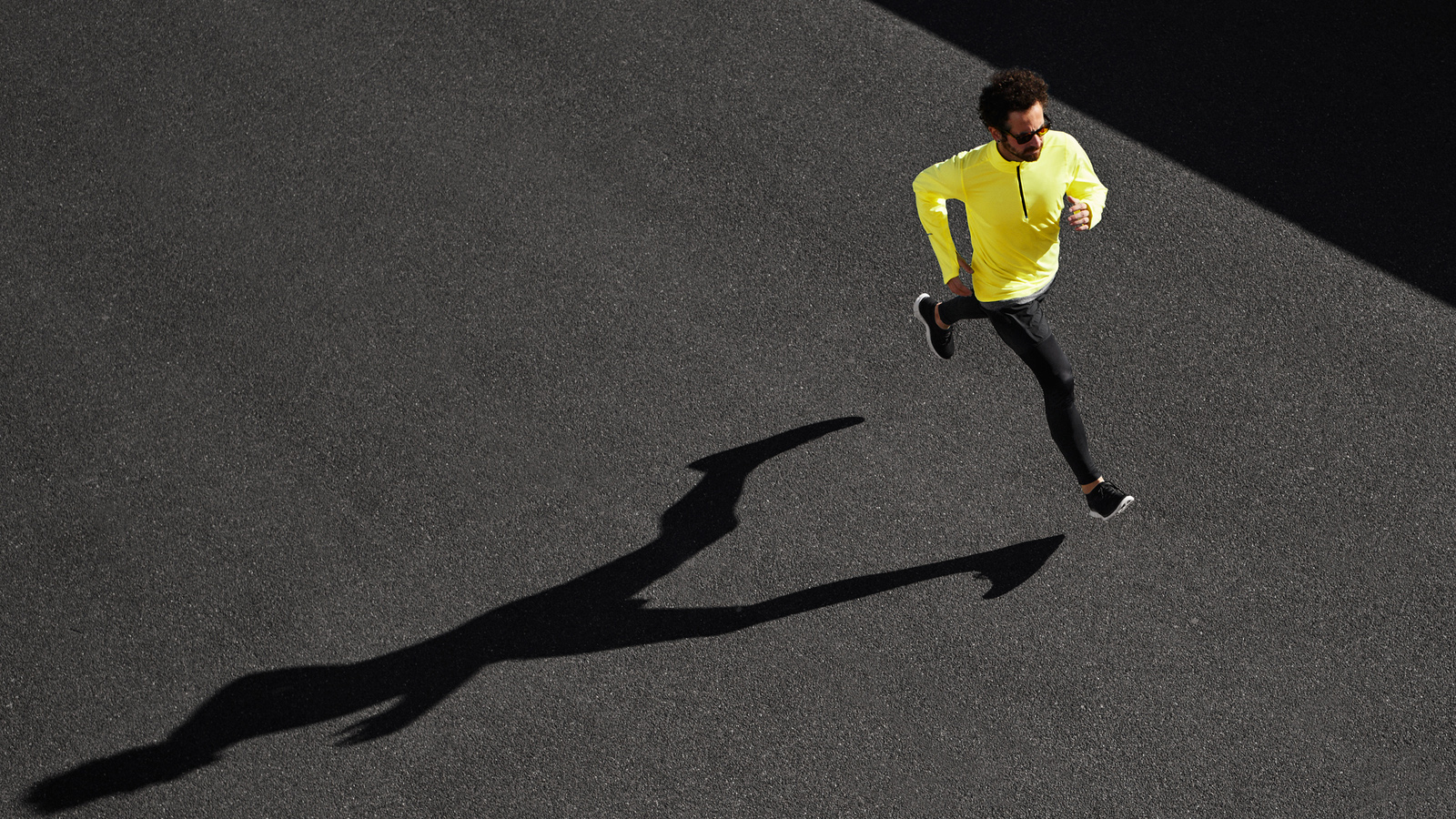Don’t Let Injury Or Fatigue Derail Your Marathon Training
Top tips for recovery over the long months of pounding the pavements

While the prospect of taking on a 42.2km race is undoubtedly daunting, it’s the long months of training that can be the toughest part of a marathon.
Most marathon training plans will have you running between three and six times a week, which not only drains your time and energy but also leaves you open to injury and burnout if you don’t make sure you recover properly.
To keep yourself in fine fettle as the training miles rack up, it’s important to focus just as much on your recovery as on the running. Here are six tips from James Heptonstall, Adidas Runners London captain, to help keep you on the road.
1. Don’t Skip The Warm-Down
In terms of recovery between sessions, a critical one is your warm-down and stretch at the end of each session. This helps flush out lactic acid and keeps muscles flexible to maintain a full range of motion for future training. You don’t want to be going into your next session with tight muscles and a short range of movement – that’s when you increase the risk of injury.
If you have back-to-back sessions that are particularly tough, consider an ice bath at the end of the first to aid recovery and get you ready for your next workout.
2. Eat Correctly
Pre- and post-exercise nutrition is key to make sure you give your body the energy it needs to make the most of your sessions. I’d recommend wholegrain carbs before training for slow-release energy and white carbs post-training within an hour of finishing to replenish your energy stores quickly.
3. The Importance Of Rest Days
If your training is going to make you fitter and faster, you must take regular rest days. That doesn’t have to mean putting your feet up with a box set though. You can do active recovery, such as 20min of easy swimming or cycling.
Get the Coach Newsletter
Sign up for workout ideas, training advice, reviews of the latest gear and more.
Your rest days are important – not just to let your body recover but also to rest mentally. You can use the time to reflect on the sessions you’ve completed and think about what was good, what was bad and what needs improvement. Think about what you want to focus on in your next session so you can approach it with a clear idea of what you’re trying to get out of it. Keeping a training diary is a great way to help with this.
4. Try Foam Rolling
Foam rolling, or self-myofascial release (SMR), is basically self-massage that corrects muscle tightness. It works well for most people and it’s certainly a more cost-effective way of recovering than paying for sports massages.
Using a foam roller you apply pressure to specific points on your body to help realign your muscle tissues, keeping them elastic and healthy, ready for your next session.
RECOMMENDED: Foam Rolling 101
5. Compress Yourself
Compression wear includes tights, shorts, tops, sleeves, socks – in fact, pretty much every bit of clothing can be bought in a tight-fitting format. This type of clothing is great for keeping your muscles warm and is usually designed to wick sweat away from the body to help with temperature control.
Compression clothing also provides support and helps relieve muscle soreness and stiffness. You can use it as a layer in your warm-up and warm-down or you can use it throughout your sessions. Each person will have a different preference and it’s important to experiment and find out what works for you and makes you feel comfortable.
6. Vary Your Training
Variety keeps training exciting and fun. As well as varying your running sessions – whether that’s intervals, fartlek or hills – it’s also good to vary the scenery and terrain. So change up the road running with a track session and hit some trails once in a while. I once did a hill session on a sand dune… it was really tough, but great fun.
As well as running, do some gym work – it’s vital not to neglect your core stability, because this will give you the best platform to develop a fluid and efficient running technique.
RECOMMENDED: Core Exercises And Workouts
Adidas Runners London is a running group that meets twice a week. In the build-up to the London Marathon, they are also putting on long runs every Saturday. For more info, check out their Facebook group.
RECOMMENDED: The Best New Road Running Shoes Of 2017

Nick Harris-Fry is a journalist who has been covering health and fitness since 2015. Nick is an avid runner, covering 70-110km a week, which gives him ample opportunity to test a wide range of running shoes and running gear. He is also the chief tester for fitness trackers and running watches, treadmills and exercise bikes, and workout headphones.









